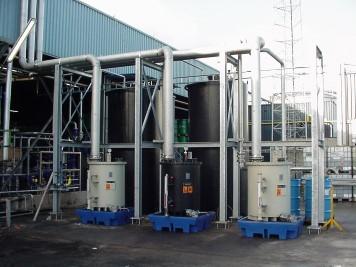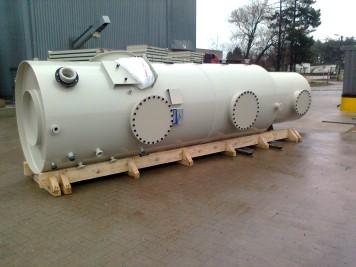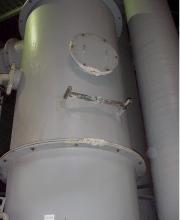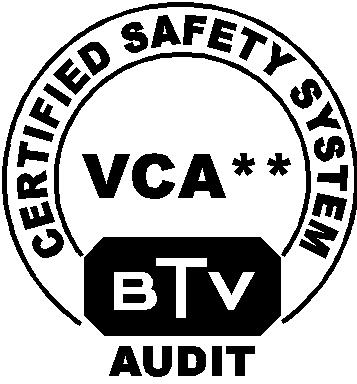Wastewater, both industrial and municipal waste water, often contains high concentrations of ammonia. Ammonia can be removed with the air stripping technology.
How to remove ammonia from wastewater?
Ammonia can be removed from wastewater using a method consisting of two steps: stripping and absorption. In the first step, ammonia is stripped from the water in a NH3 stripping tower. Such a stripping tower is very similar to the gas scrubbers used in the off gas treatment of industrial emissions. NH3 stripping towers are packed columns (equipped with internals and packing), very similar to a chemical scrubber. The preheated ammonia-containing water enters the stripper at the top. Here it comes into contact with an air stream and ammonia is separated from the water. The treated water is collected at the bottom of the stripper. The ammonia-laden air leaves the stripper and is further treated in the NH3 absorber.
In the absorber, the ammonia-containing gases are treated with acid to absorb the ammonia. The outgoing gases are recirculated across the absorber, resulting in a decrease in energy costs. Moreover, this method does not use steam, resulting in additional savings.
Advantages of ammonia (NH3) stripper absorber technology
- lower operating cost
- no steam required
A circular economy
This stripping technology fits perfectly within the circular economy. Energy costs are lower as the gases are recirculated across the absorber.
Moreover, the end product, a concentrated salt solution, can also be used as fertilizer. This circular technology therefore fully fits in with the cradle-to-cradle principle.




